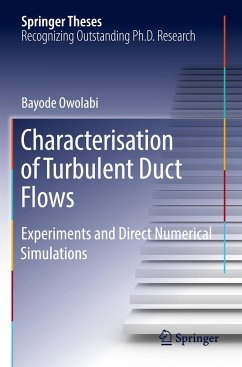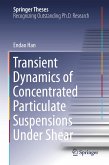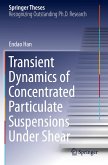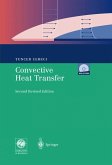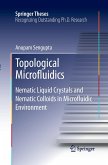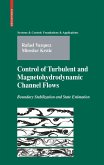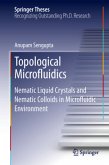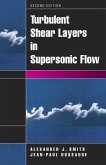This book presents several new findings in the field of turbulent duct flows, which are important for a range of industrial applications. It presents both high-quality experiments and cutting-edge numerical simulations, providing a level of insight and rigour rarely found in PhD theses.
The scientific advancements concern the effect of the Earth's rotation on large duct flows, the experimental confirmation of marginal turbulence in a pressure-driven square duct flow (previously only predicted in simulations), the identification of similar marginal turbulence in wall-driven flows using simulations (for the first time by any means) and, on a separate but related topic, a comprehensive experimental study on the phenomenon of drag reduction via polymer additives in turbulent duct flows.
In turn, the work on drag reduction resulted in a correlation that provides a quantitative prediction of drag reduction based on a single, measurable material property of the polymer solution, regardless of the flow geometry or concentration. The first correlation of its kind, it represents an important advancement from both a scientific and practical perspective.
The scientific advancements concern the effect of the Earth's rotation on large duct flows, the experimental confirmation of marginal turbulence in a pressure-driven square duct flow (previously only predicted in simulations), the identification of similar marginal turbulence in wall-driven flows using simulations (for the first time by any means) and, on a separate but related topic, a comprehensive experimental study on the phenomenon of drag reduction via polymer additives in turbulent duct flows.
In turn, the work on drag reduction resulted in a correlation that provides a quantitative prediction of drag reduction based on a single, measurable material property of the polymer solution, regardless of the flow geometry or concentration. The first correlation of its kind, it represents an important advancement from both a scientific and practical perspective.

